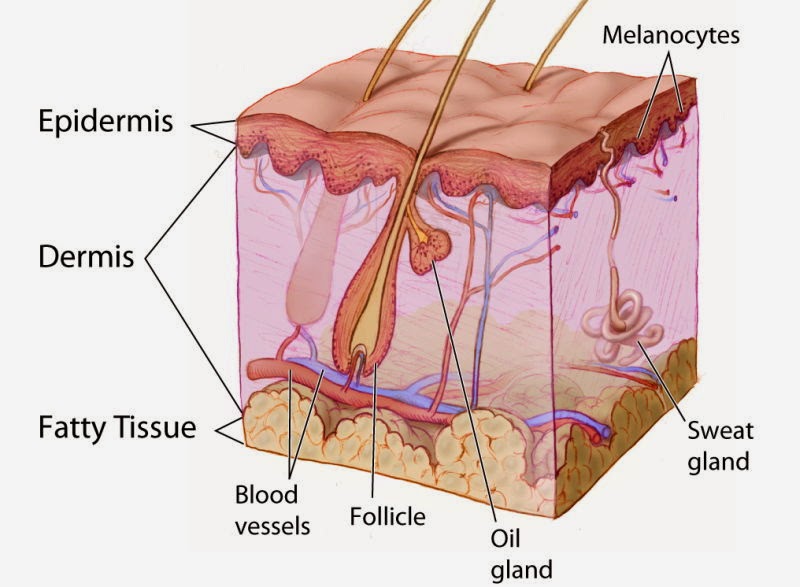Down below are some notes over the parts of legs and arms to help you learn about those parts. There are also pictures to help give you a visual. I took these notes as I learned and studied the parts of arms, legs, hands, and feet for a labeling test. Enjoy!
- Humerus Anterior View
- Left side
- Greater tubercle
- intertubercular
- shaft
- radial fossa
- lateral epicondyle
- capitulum
- Right side
- lesser tubercle
- head
- anatomical neck
- surgical neck
- deltoid tuberosity
- coronoid fossa
- medial epicondyle
- trochlea
- Right Radius Anterior View
- head of radius
- neck of radius
- radial tuberosity
- ulnar notch of radius
- styloid process of radius
- Right Ulna Anterior View
- trochlear notch
- radial notch of ulna
- ulna
- distal radial joint
- head of ulna
- Bones of the Right Hand Dorsal Aspect
- phalanges
- distal
- middle
- proximal
- metacarpals
- carpals
- capitate
- trapezoid
- trapezium
- scaphoid
- hamate
- triquetral
- lunate
- Femur Anterior View
- neck
- greater trochanter
- patellar surface
- lateral epicondyle
- lateral condyle
- head
- intertrochanteric line
- lesser trachanter
- adductor tubercle
- medial epicondyle
- medial condyle
- Fibula Anterior View
- head of fibula
- fibular notch
- lateral malleolus
- Tibia Anterior View
- medial condyle
- tibial tuberosity
- medial malleolus
- Bones of the Right Ankle and Foot
- phalanges
- distal phalanx of hallux
- proximal phalanx of hallux
- metatarsal bones
- head and 2 sesamoid bones
- body base
- tarsals
- medial cuneiform
- intermediate cuneiform
- lateral cuneiform
- navicular
- talus
- cuboid
- sustentaculum tali
- calcaneus
- tuber calcanei







































